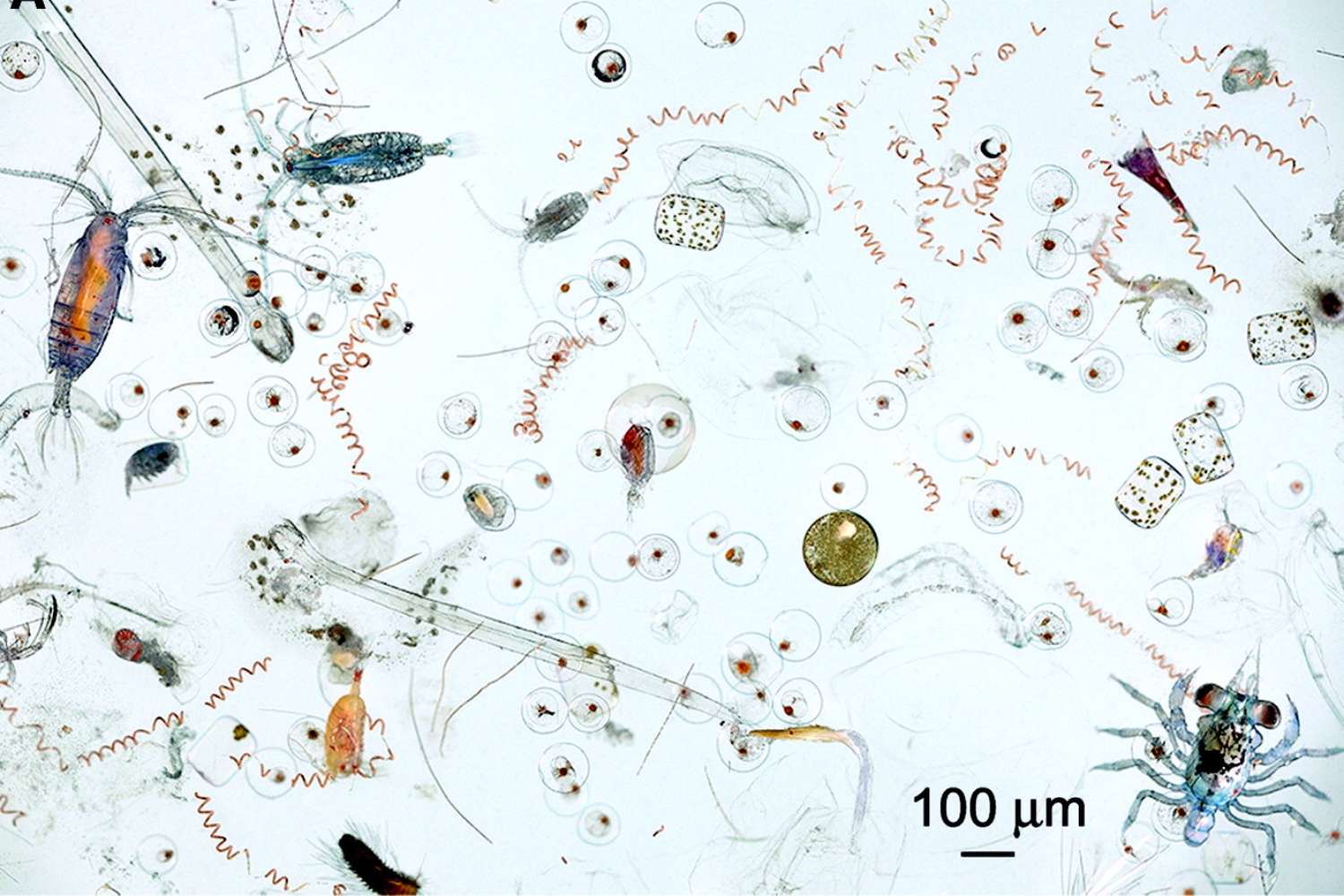Inside a drop of sea water under the microscope we can find a myriad of organisms such as diatoms, zooplankton and copepods

@Wikimedia Commons
When you observe a drop of seawater under a microscope, you unlock a window into an extraordinary, dynamic universe, teeming with countless microscopic organisms. This invisible microcosm forms the very foundation of the marine food web, supporting everything from tiny fish to massive whales.
No, the water drop was not magnified 25 times
Among the most fascinating creatures in this microscopic world are diatoms—tiny algae encased in intricate silica shells, resembling miniature glass sculptures. These organisms, a part of the phytoplankton community, play a key role in photosynthesis, converting sunlight into energy and producing oxygen.
Swimming alongside them are zooplankton—microscopic animals that feed on phytoplankton. The most well-known of these are copepods, tiny crustaceans that dart quickly through the water, helping circulate essential nutrients throughout the ocean.
A now-famous photograph has captured this marine biodiversity in stunning detail. Contrary to popular viral posts, however, the image does not show a single drop of water magnified 25 times. Instead, it depicts the contents of what’s called a “hand-net dip,” a marine sampling technique that collects a concentrated mix of plankton.
The sample was photographed at just 2x magnification, using a 2.4-inch (60 mm) Petri dish filled with about 15–20 drops of seawater. This viral image was taken in 2006 off the coast of Hawaii aboard the NOAA research vessel Oscar Elton Sette, by photographer David Liittschwager.
Within the photo, you can clearly see cyanobacteria, fish larvae, crab eggs, marine worms, and other forms of life—both holoplankton (organisms that live suspended in water throughout their lives) and meroplankton (those that drift only for part of their life cycle).
This remarkable image, which has been cited in scientific studies and international publications, reminds us how intricate and essential oceanic microscopic life truly is. Every tiny moving particle in that sample represents a crucial link in the marine ecosystem, without which larger, more visible life forms could not exist. It’s a small world that, despite its invisibility, sustains the balance of our entire planet.
